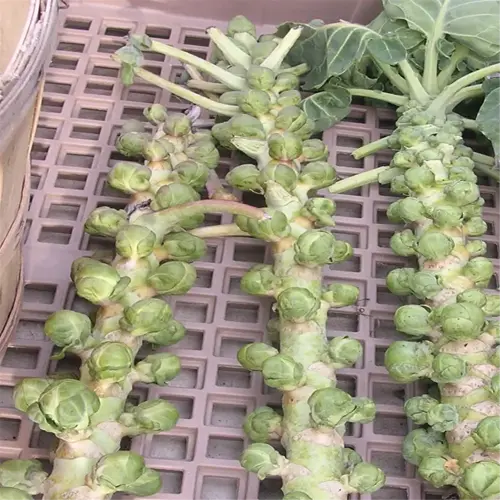What should you avoid planting near cauliflower?

Written by
Nguyen Minh
Reviewed by
Prof. Charles Hartman, Ph.D.Companion planting either reinforces or compromises the success of growing cauliflower. I planted my cauliflower next to broccoli, and much to my dismay, everything was lost to cabbage worms within several weeks. Brassicas like kale and Brussels sprouts have similar pest pathologies, while strawberries take all the nutrients. Choose allies like celery and onions to repel the invaders and share valuable resources with cauliflower.
Brassica Family (Broccoli, Kale)
- Attract cabbage worms and aphids
- Compete for sulfur and nitrogen
- Increase risk of clubroot spread
Strawberries
- Demand high phosphorus, starving cauliflower
- Shallow roots compete for water
- Attract slugs that damage cauliflower leaves
Ideal Companions
- Celery: Repels cabbage moths with strong scent
- Onions: Deter aphids and beetles naturally
- Dill: Lures beneficial wasps to eat caterpillars
Competing for nutrients impacts plants most in small areas. Brassicas and cauliflower require lots of nitrogen in the soil. Now, I also interplant with bush beans because they fix nitrogen into your soil naturally. I use nasturtiums to distract pests/aphids from brassicas and cauliflower. Last season, this plant swap allowed me to save my crop from destruction.
When to plant is important. For a pest buffer, plant onions 2-3 weeks ahead of cauliflower. Keep tomatoes out entirely, as their tall growth will shade the cauliflower plants and give you a leggy plant. My neighbor planted a row of tomatoes and cauliflower and ended up with a row of spindly stems and even no heads of cauliflower. Grow with low-growing companions to ensure the cauliflower is getting full sun.
Read the full article: How to Grow Cauliflower: 7 Essential Tips for Success

